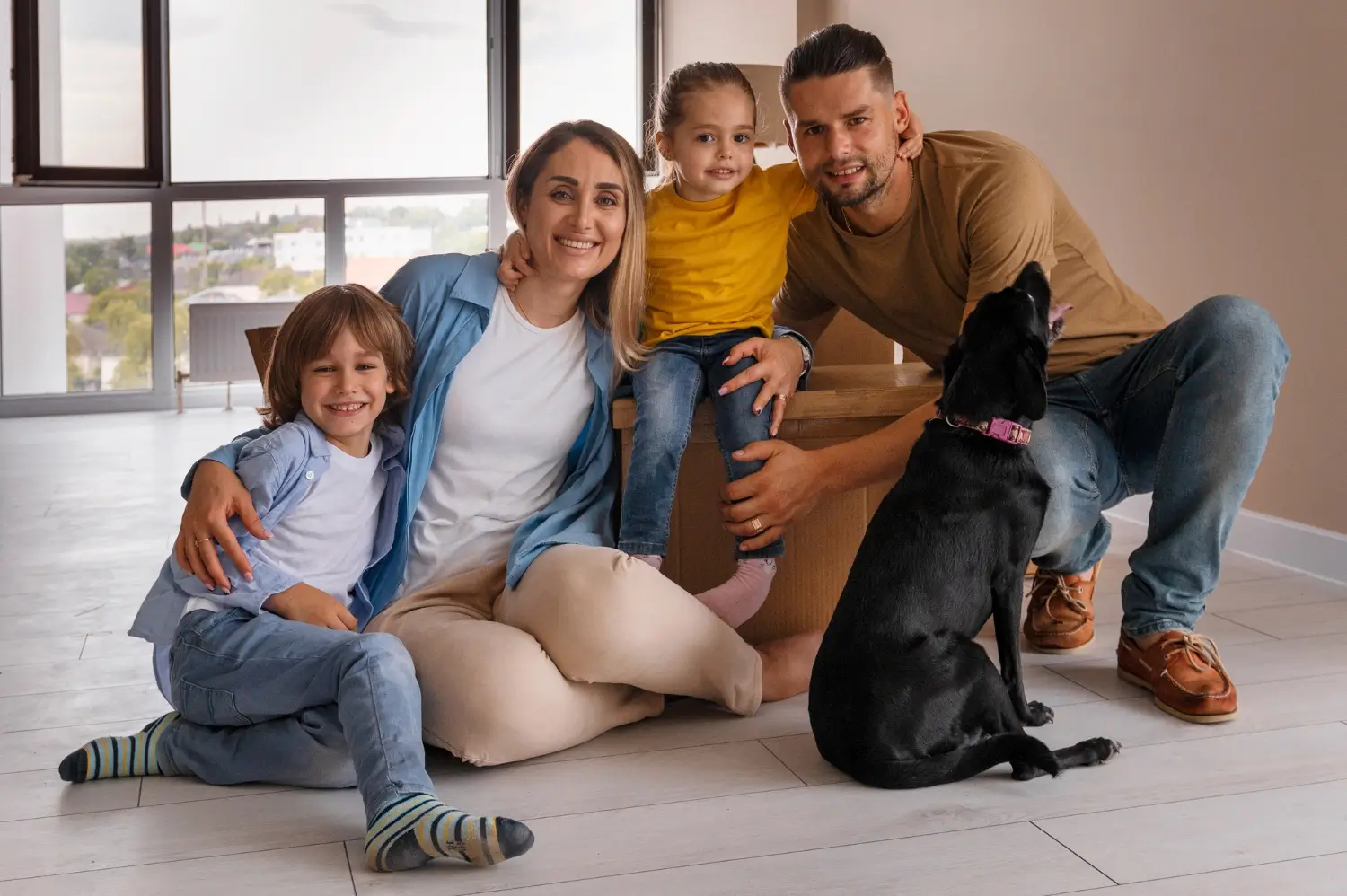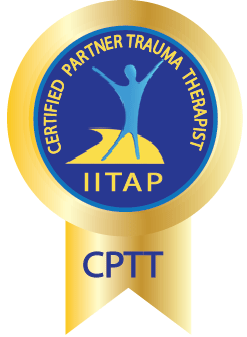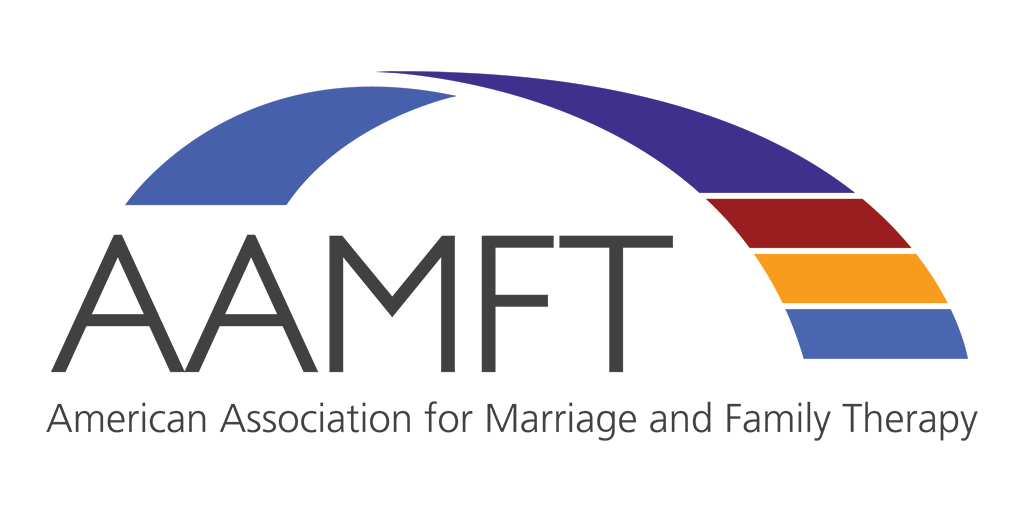Addiction doesn’t only affect the individual it impacts the entire family system. When someone struggles with substance use, the people closest to them often take on specific roles, sometimes without realizing it. These family roles develop as coping mechanisms in response to the chaos, fear, and instability that addiction can create. While these roles may provide short-term survival, they often contribute to long-term dysfunction and can impact the recovery process.
Understanding these roles is a critical step in healing not just for the person in recovery, but for the entire family unit.
Common Family Roles in Addiction:
The Addicted Person
At the center of the family dynamic is the individual struggling with addiction. Their behavior often causes emotional turmoil, financial stress, and relational breakdowns. The addicted person may feel guilt, shame, or isolation, which can make recovery more challenging if the family system remains unhealthy.
The Enabler
Often trying to help, the enabler may cover for the addicted person’s behavior making excuses, paying bills, or taking over responsibilities. While well-intentioned, this role prevents the person struggling from facing the natural consequences of their actions, unintentionally prolonging the addiction.
The Hero
Usually the overachiever or responsible one, the hero takes on a perfectionistic role to compensate for the chaos. This person often experiences high levels of stress and anxiety but rarely expresses their own pain, as they are focused on holding everything together.
The Scapegoat
This family member often acts out or gets into trouble, drawing attention away from the addicted individual. They may internalize blame and carry deep feelings of rejection, using their behavior to express unresolved pain.
The Lost Child
Withdrawn and quiet, the lost child tries to stay invisible to avoid conflict. While this helps them survive emotionally, it also leaves them isolated and disconnected, often carrying unmet emotional needs into adulthood.
The Mascot
This role is often taken by the youngest family member who uses humor or charm to relieve tension in the household. While they may seem lighthearted, this is often a mask for sadness or anxiety.












